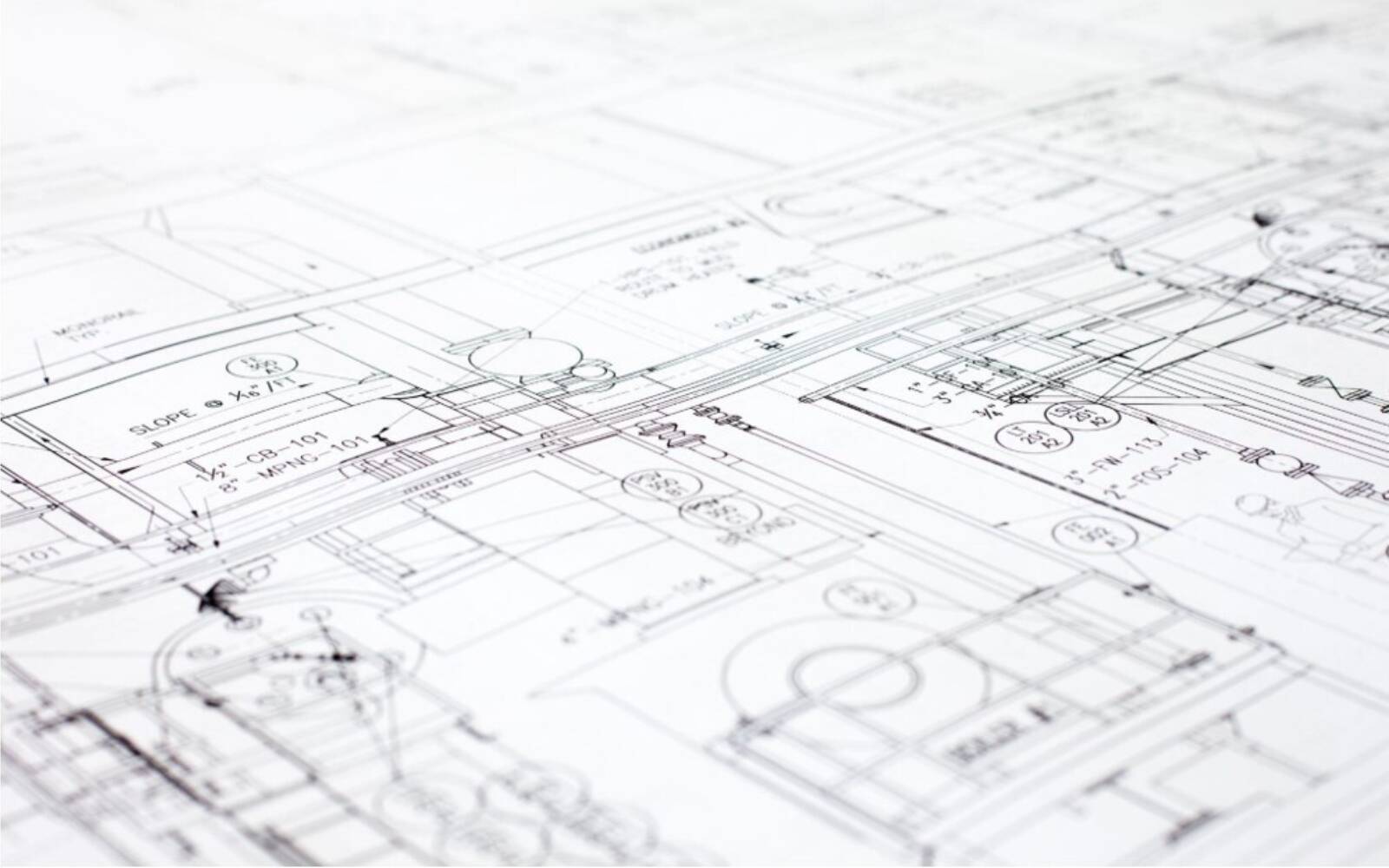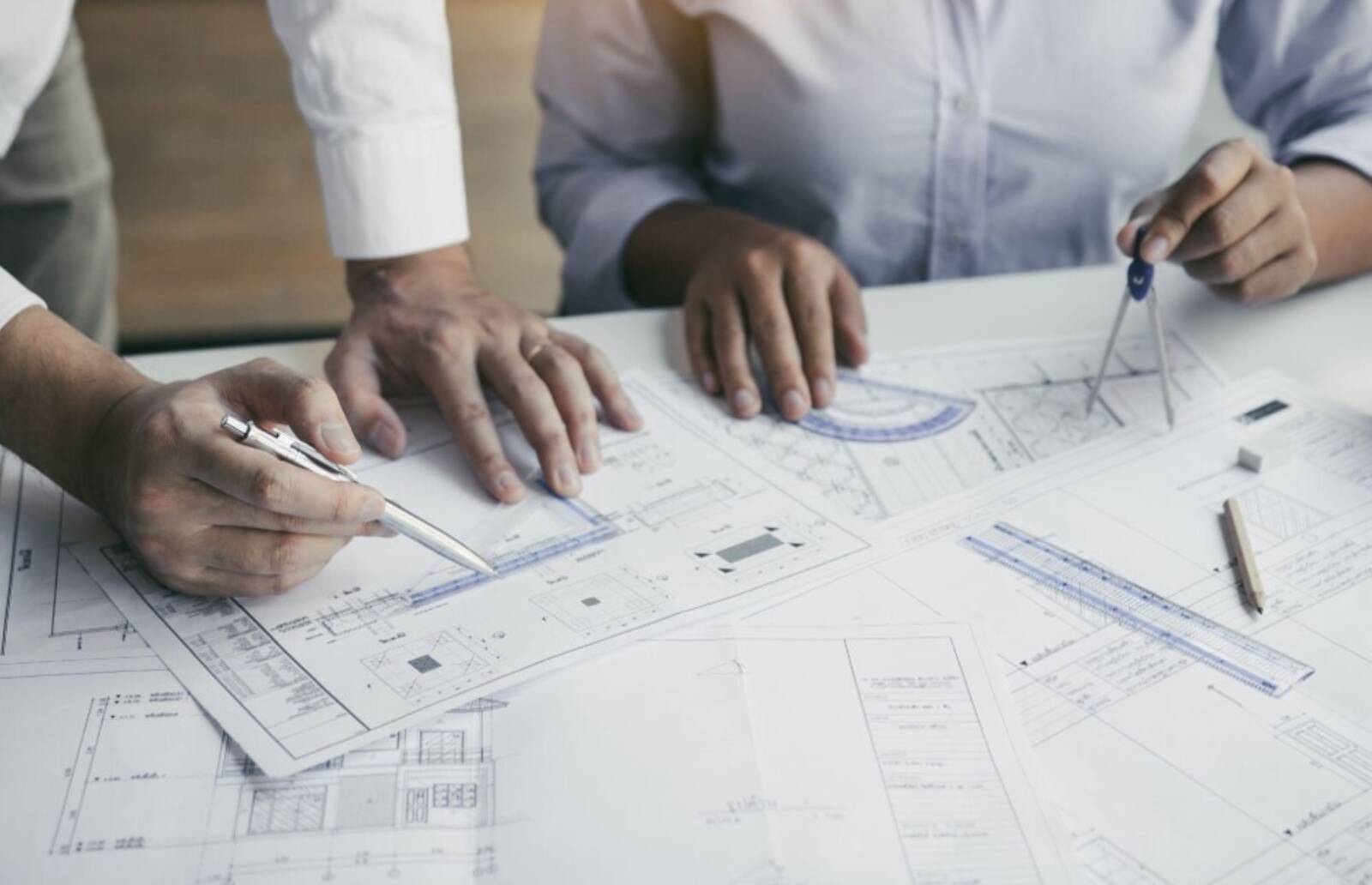When you’re responsible for a construction project, you can’t forget one of the most important tools: your blueprints. Ensuring that you can provide high-quality prints is essential. You’ll need to have some background knowledge of blueprint printing to effectively navigate the process of printing your plans.
It’s important to find a reliable vendor offering printing services that allow you to customize your construction documents and stay closely involved. So, what is blueprint printing, and how does it work? Let’s take a look at exactly what you need to know.
What is Blueprint Printing?
Blueprint printing is a specialized printing process used by various industries for essential documents like blueprints, construction plans, and architectural renderings. Since these documents must be precise and crisp, many printing companies specializing in blueprints focus on maximizing these attributes to give the best client experience possible.
It’s essential to any building or renovation project to invest in high-quality and carefully crafted blueprints. The most reputable print shops can easily take your architectural drawings and offer accurate, sharp blueprint drawings. Before you start the printing process, you should prepare an accurate PDF file.
After submitting the required documents, your printer will use a high quality printer to create your blueprints. In the old days, we would have used a diazo printing process to make the prints. During this process, your original documents and diazo-treated paper are placed in the blueline printer and exposed to a strong ultraviolet light source.
As a result of the light exposure, the dark lines on the original document will heat up and cause the diazo-treated paper to darken. Now, we print directly from your PDF file, and the “blueprints” are printed at high speed, and the toner is black, not blue. “Blueprints” can also be printed in full colour to differentiate things or show renderings within the plans.
Once the blueprints have been created, they can be organized into a set and bound by stapling or post-binding. In many cases, printers offer a service to organize and bind the documents, but you’ll need to ask beforehand to ensure that your printer provides this.
What Are The Most Common Types Of Blueprint Documents?
Some of the most common types of blueprint products ordered by clients include:
- Aerial Maps
- Landscape Architectural Drawings
- Construction Plans
- Blueprints
- Architectural Renderings
- Courtroom Exhibits
What Are The Most Common Sizes Of Blueprints?
There are many sizes of blueprints available, but the most common sizes that you can expect are:
- A0 (841 mm x 1189 mm)
- A1 (594 mm x 841 mm)
- A4 (420 mm x 594 mm)
- A3 (297 mm x 420 mm)
- A4 (210 mm x 297 mm)
- A5 (149 mm x 210 mm)
How Does Blueprint Printing Work?
Blueprint printing may seem like a complicated process, but once you’ve selected a company to work with, it quickly becomes very manageable.
Once you’ve been linked with your project manager, you are usually asked to share materials like construction plans, spec books, and blueprint papers in PDF form so that your printing team has everything they need to work with.
Printing companies generally also offer a selection of paper, binding, and print specifications for you to choose from to ensure that everything is exactly as you envisioned it.
The process of blueprint printing takes several steps. Once the high-quality scans have been taken of your original drawing, the blueprints are typically printed on professional-grade, rolled bond paper using wide-format printers.
In most cases, 20 lb bond paper is used. Still, depending on your project specifications, you may be able to request alternatives — this is particularly true for colour copies since heavier bond grades result in better-quality prints.
Depending on the blueprint, a different paper may be used. Mylar paper is recommended if you need to draw revisions on the blueprint, but unfortunately, it’s only usable for black-and-white copies.
The most durable option on the market is Tyvek since the paper is synthetically created using polyethylene fibres. The fibre composition makes Tyvek extremely durable and water-resistant, which makes it the best choice for any work site where it could be potentially damaged or exposed to harsh conditions.
Despite how complicated the process might seem, once you’re able to identify what you’re looking for and work with a supportive printing project coordinator, it’s easy to manage.
And since a skilled team manages the process, you won’t have to wait around and grow frustrated with the most demanding parts of the process. Our team at Carbon Graphics Group is dedicated to ensuring that you receive your construction plans, blueprints, and other documents as quickly as possible and with a high-quality standard.
If you need to involve subcontractors or other parties in the process, we also offer complementary sharing services that allow you to easily keep everyone in the loop.
Blueprint Printing With Carbon Graphics Group
With almost 50 years of experience providing commercial printing services to the greater areas of Calgary and Edmonton, we’re well-versed in producing incredible quality pieces that keep customers satisfied.
Our production team members are highly experienced with the blueprint printing process, so you can rely on us for blueprints that will be crisp and quality every time.
If you’re ready to produce your next set of blueprints with our team, please simply upload your order using our eOrder system. Click the eOrder button at the top left of our website to get started.




